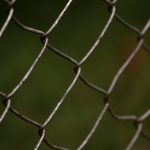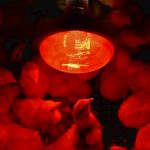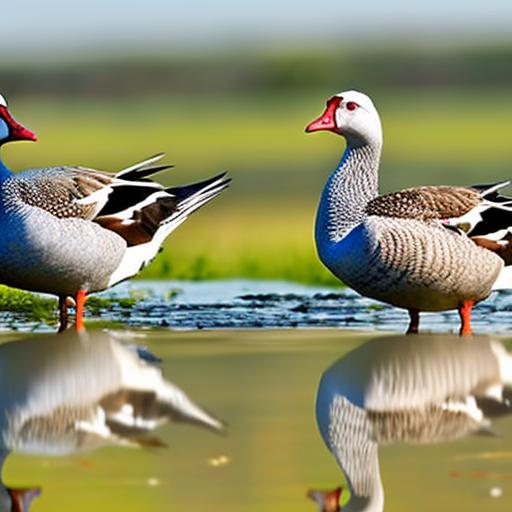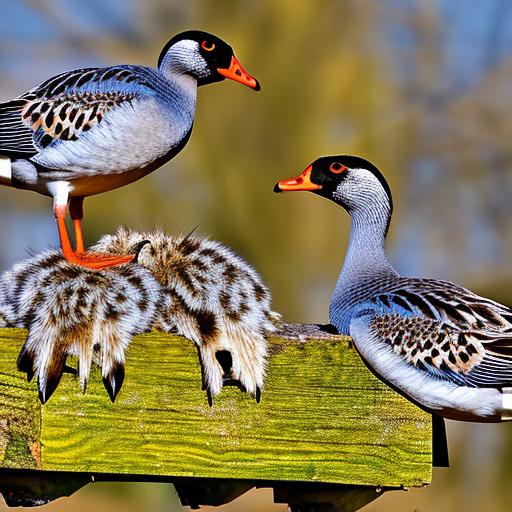Brooder rearing is the process of raising young poultry, such as chicks or poults, in a controlled environment known as a brooder. This environment provides the necessary warmth, protection, and access to food and water that the young birds need in their early stages of life. The brooder typically consists of a heat source, such as a heat lamp or heating pad, as well as bedding material and feeders and waterers. The goal of brooder rearing is to provide the optimal conditions for the young birds to grow and develop, ensuring their health and well-being.
During the brooder rearing period, the young birds are highly vulnerable and require careful attention and management. They are particularly sensitive to temperature fluctuations, drafts, and overcrowding, which can lead to stress, illness, and even death. Therefore, it is crucial to monitor the brooder environment closely and make any necessary adjustments to ensure the young birds are thriving. Additionally, providing the right nutrition and access to clean water is essential for their growth and development. Overall, brooder rearing is a critical stage in the life of poultry and requires careful planning and management to ensure success.
Table of Contents
Factors Affecting Brooder Rearing Duration
Several factors can influence the duration of brooder rearing for young poultry. One of the most significant factors is the species of bird being raised, as different species have different growth rates and developmental needs. For example, chicks may require a shorter brooder rearing period compared to poults or ducklings. Additionally, the breed of the birds can also impact the duration of brooder rearing, as some breeds may grow faster or require different environmental conditions.
The temperature and climate of the brooder environment can also affect the duration of brooder rearing. Young birds require a specific temperature range to thrive, and if the temperature is too cold or too hot, it can impact their growth and development. Other factors such as the quality of the feed, access to clean water, and the overall health of the birds can also influence the duration of brooder rearing. Additionally, any stressors or environmental challenges in the brooder environment can impact the duration of brooder rearing, as stressed or sick birds may require a longer period to recover and grow.
Importance of Determining the Perfect Duration
Determining the perfect duration for brooder rearing is crucial for the overall success of raising young poultry. The duration of brooder rearing directly impacts the growth and development of the birds, as well as their overall health and well-being. If the duration is too short, the birds may not have sufficient time to develop properly and may be more susceptible to health issues later in life. On the other hand, if the duration is too long, it can lead to overcrowding and increased stress for the birds, which can also impact their health and growth.
Furthermore, determining the perfect duration for brooder rearing is essential for optimizing production efficiency. By providing the right conditions and duration for brooder rearing, producers can ensure that their birds reach their full potential in terms of growth and development. This can ultimately lead to higher quality meat or eggs, as well as improved overall productivity. Therefore, taking the time to carefully assess and determine the perfect duration for brooder rearing is critical for achieving success in poultry production.
Finding the Balance: Short vs. Long Duration
Finding the balance between a short and long duration for brooder rearing is essential for ensuring the health and well-being of young poultry. A short duration may not provide enough time for the birds to develop properly, leading to potential health issues and reduced productivity later in life. On the other hand, a long duration can lead to overcrowding and increased stress for the birds, which can also impact their health and growth. Therefore, it is important to find the right balance that allows for optimal growth and development without causing unnecessary stress or health issues.
One approach to finding this balance is to consider the specific needs of the birds being raised, as well as any environmental or management factors that may impact their growth and development. By carefully monitoring the birds and their progress during brooder rearing, producers can make informed decisions about the duration that best suits their needs. Additionally, seeking guidance from experienced poultry producers or industry experts can provide valuable insights into finding the right balance for brooder rearing duration.
Monitoring and Adjusting Duration
Monitoring and adjusting the duration of brooder rearing is essential for ensuring that young poultry are thriving in their environment. Regular monitoring of the birds’ growth, behavior, and overall health can provide valuable insights into whether the current duration is suitable or if adjustments are needed. For example, if the birds are showing signs of stress or illness, it may be necessary to extend the duration of brooder rearing to allow them more time to recover and develop properly.
Additionally, monitoring environmental factors such as temperature, humidity, and air quality in the brooder environment can help identify any issues that may be impacting the birds’ growth and development. Making necessary adjustments to these factors can help optimize conditions for brooder rearing and ensure that the birds are receiving the best possible care. Overall, regular monitoring and adjustments to the duration of brooder rearing are essential for achieving success in raising young poultry.
Best Practices for Successful Brooder Rearing
To achieve successful brooder rearing, there are several best practices that producers can follow to ensure optimal growth and development of young poultry. First and foremost, providing a clean and comfortable brooder environment is essential for creating a healthy and stress-free space for the birds to thrive. This includes maintaining proper temperature levels, ensuring access to clean water and high-quality feed, and minimizing any potential stressors or environmental challenges.
Additionally, proper management practices such as regular monitoring of the birds’ growth and health, as well as making necessary adjustments to the brooder environment when needed, are critical for successful brooder rearing. This may include adjusting temperature levels, addressing any issues with overcrowding or aggression among the birds, and providing appropriate nutrition based on their specific needs. Furthermore, seeking guidance from experienced poultry producers or industry experts can provide valuable insights into best practices for successful brooder rearing.
Achieving the Perfect Duration
In conclusion, achieving the perfect duration for brooder rearing is essential for ensuring the health and well-being of young poultry, as well as optimizing production efficiency. Factors such as species and breed of bird, environmental conditions, and overall management practices can all influence the duration of brooder rearing. Finding the right balance between a short and long duration is crucial for providing optimal conditions for growth and development without causing unnecessary stress or health issues.
Regular monitoring and adjustments to the duration of brooder rearing are essential for ensuring that young poultry are thriving in their environment. By following best practices for successful brooder rearing, producers can create a healthy and stress-free environment for young birds to grow and develop. Ultimately, taking the time to carefully assess and determine the perfect duration for brooder rearing is critical for achieving success in poultry production. With proper care and management, producers can ensure that their young poultry reach their full potential in terms of growth and development, leading to higher quality meat or eggs and improved overall productivity in their operations.
Meet Walter, the feathered-friend fanatic of Florida! Nestled in the sunshine state, Walter struts through life with his feathered companions, clucking his way to happiness. With a coop that’s fancier than a five-star hotel, he’s the Don Juan of the chicken world. When he’s not teaching his hens to do the cha-cha, you’ll find him in a heated debate with his prized rooster, Sir Clucks-a-Lot. Walter’s poultry passion is no yolk; he’s the sunny-side-up guy you never knew you needed in your flock of friends!







